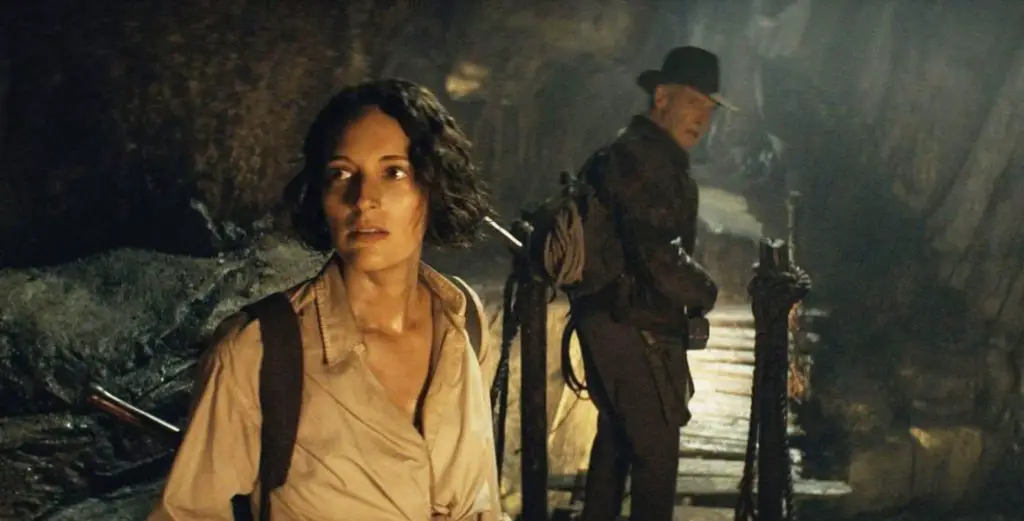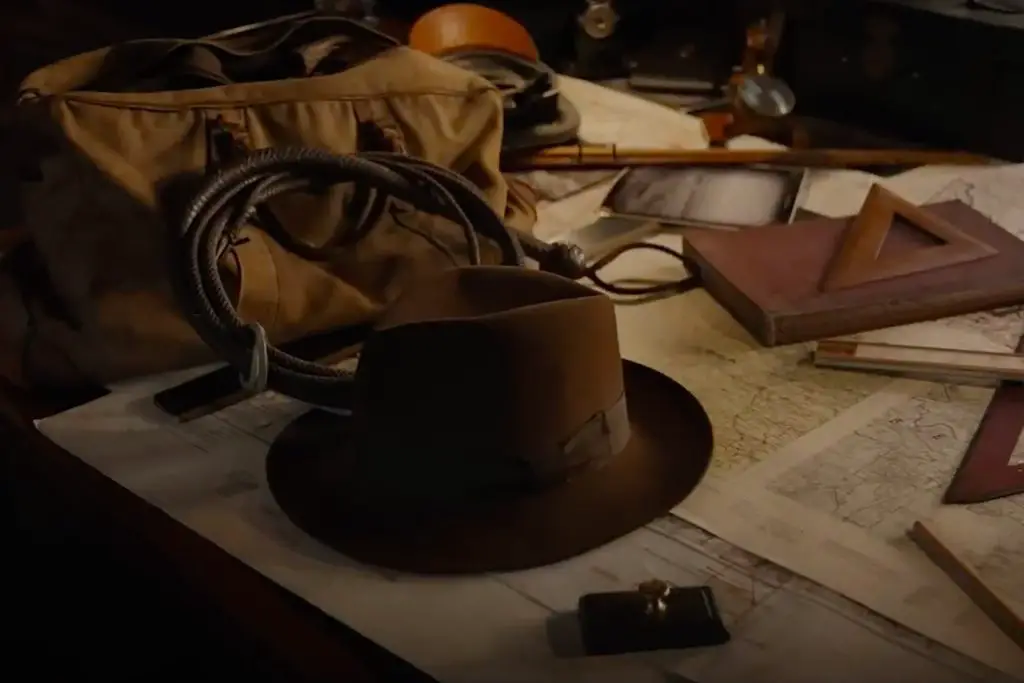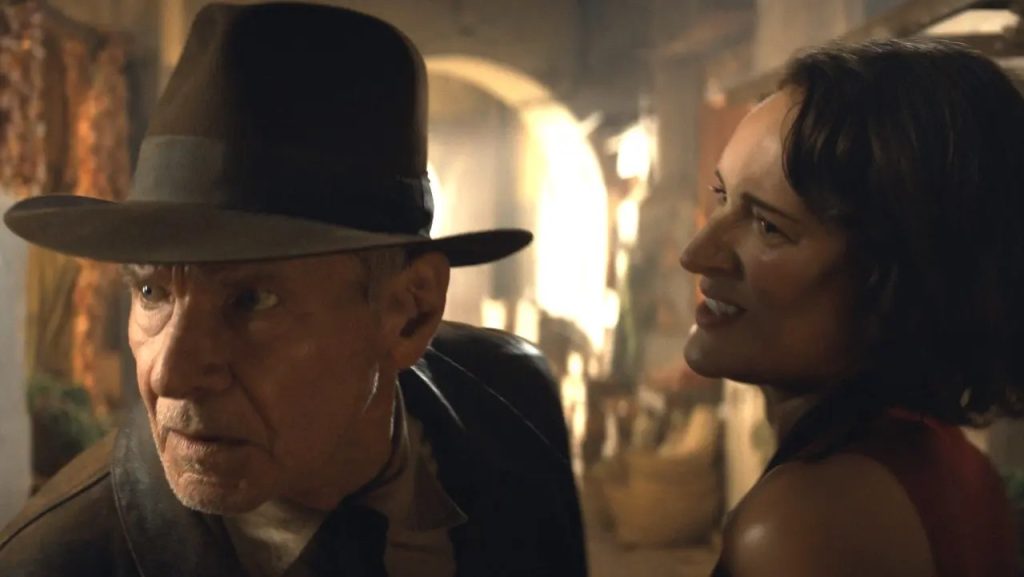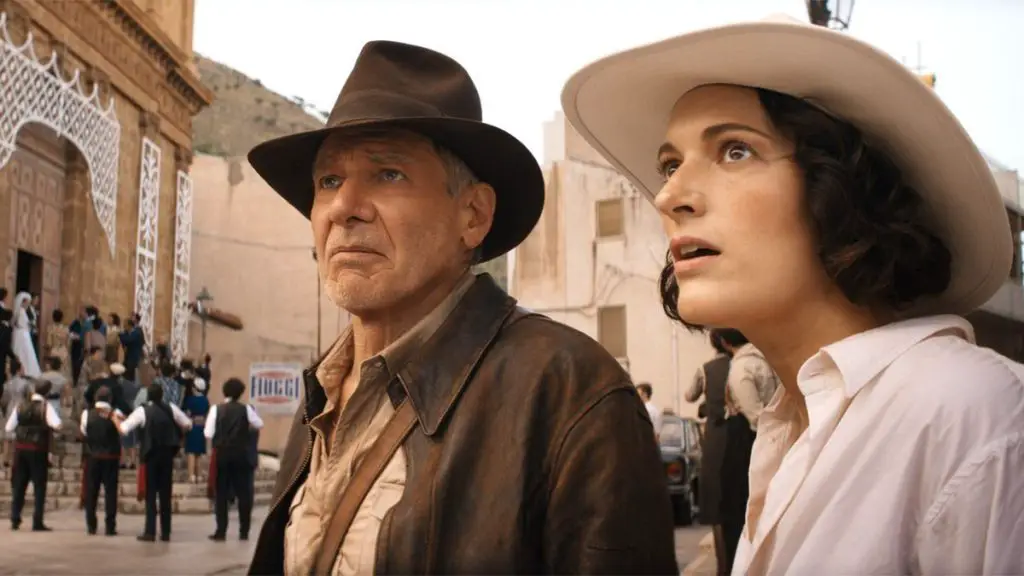As the weekend box office tallies concluded, the buzz around Indiana Jones and the Dial of Destiny’s premiere didn’t translate into the revenue the producers expected. The flick garnered a mere $60 million domestically, a figure that left a bitter taste for all the stakeholders involved. Notwithstanding the Indiana Jones brand’s prominence and Harrison Ford’s formidable reputation, the latest installment in the series failed to replicate the financial victories of its predecessors.
The purpose of this discussion is to dissect and understand the myriad factors leading to the film’s unexpected stumble. We’ll delve into the enigma of nostalgia’s influence, the film’s disjointed connection with younger audiences, and the gamble of relying heavily on clichéd formulas.
The Nostalgia Conundrum and the Generation Divide

The nostalgia factor, paired with state-of-the-art visual effects, has often played a pivotal role in propelling films towards box office stardom. However, Dial of Destiny, much like several other recent big-budget releases, didn’t manage to capitalize on this nostalgia. The disconnect appears to originate from the younger audience, those who grew up in the late 90s and early 2000s, who didn’t find Indiana Jones as appealing as icons such as Spider-Man, X-Men, or Harry Potter.
These young spectators found it challenging to relate to the Dial of Destiny, largely because the original series didn’t resonate with their generation. This led to a diluted impact of the opening sequence, intended to be a nostalgic recall to the original films. The overt familiarity of Dial of Destiny’s approach failed to grip the audience, leading to its financial downfall.
Franchise Viability and Spanning Generational Appeal

Unlike the Star Wars franchise, Indiana Jones struggled to capture hearts across generations. Despite the critical success of the original Star Wars trilogy, its subsequent prequels and relentless presence across video games and animated series, ensured a consistent flow of new admirers. Indiana Jones, unfortunately, could not emulate this success and its fan base started dwindling in the 21st century.
This contrast in strategy becomes evident when you examine the Spider-Man franchise, which successfully amalgamated fans from different eras through a series of reboots, most notably in Spider-Man: No Way Home. By appealing to various generations of viewers, the franchise cultivated a more diverse and extensive fan base.
Nostalgia: A Double-Edged Sword in Filmmaking

While nostalgia can serve as a potent instrument for creatives, its overreliance can lead to an underwhelming outcome, as evidenced by the Dial of Destiny and films like The Flash. Nostalgic elements primarily captivate those who hold a personal connection to the original content. This approach tends to alienate newer or younger audiences, which is why it’s crucial to strike a balance between saluting the past and crafting unique, contemporary experiences.
With the Dial of Destiny’s production budget skyrocketing to a whopping $295 million, the highest in the series, the financial strain was apparent. The gargantuan budget didn’t seem to translate into equivalent returns, further complicating the film’s financial picture. Given the rule of thumb that a film needs to rake in at least double its production and marketing cost to break even, Dial of Destiny fell short of the $750 million target by a large margin.
In Conclusion: A Lesson for Future Filmmakers

The crux of the problem for Indiana Jones and the Dial of Destiny seems to be its overreliance on nostalgia and its inability to engage younger, modern audiences. Unlike franchises such as Star Wars and Spider-Man, which cultivated a loyal, cross-generational fanbase, Indiana Jones couldn’t keep pace with changing audience preferences.
The lesson here for future filmmakers is to ensure they cater to a wider demographic, not just rely on nostalgia. To create a successful cinematic experience, they must engage and captivate audiences across various age groups. By learning from the mistakes made by Dial of Destiny and similar films, studios can better position their products to resonate with audiences of all ages, thereby enhancing their chances of box office success.


